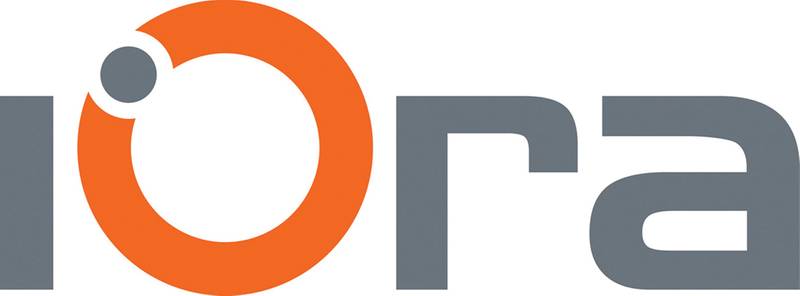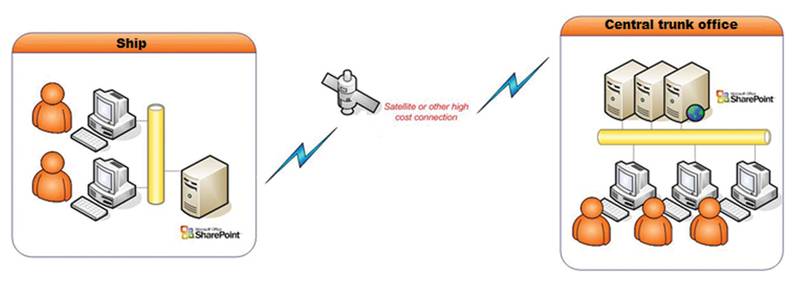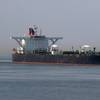Information Edge
Information at the Edge of the World
The need for ship-to-shore information exchange has never been greater. Lawrence Poynter product director at iOra explores the sophisticated connectivity solutions that can keep the fleet afloat.
For armchair sports fans, 2012 has been a bumper summer of wall-to-wall media coverage. For naval crews, getting the latest NASCAR results, football scores or Olympic record times is more difficult – but not impossible. Many shipping firms recognize that making sports reports available to their crews is an important way to remove the sense of isolation often felt onboard. The savings to be gained from higher crew loyalty and retention rates, reduced training time, more days at sea and improved operation of onboard equipment, have made crew welfare a critical consideration.
Delivering online news and sports coverage to the crew is just one example of the constant 24x7 information exchange that characterizes modern shipping. The maritime industry is becoming hugely data intensive, and highly dependent on information systems that can help generate new and competitive operating efficiencies in an environment where margins are under constant pressure.
As a result, modern fleets form a complex IT network, with individual vessels hosting servers, multiple terminal access points and an extensive range of computer-based applications. In effect, they are floating extensions of the land-based office.
Data dependency
Sports results aside, the information flow between headquarters and the ship’s Master can have critical operation impact. Compliance with increasingly onerous regulations is but one example. Shipping firms have to guarantee that all vessels have the latest health, safety and quality management data in accordance with the regulations of the governing flag state or a given port state control. Masters need to be kept up to date with international regulations regarding specified Emission Control Areas or changing legal requirements on transport and trade in general.
In turn they have to provide headquarters with accurate, consistent records that will survive close inspection that can take place at any time. As always, being able to demonstrate a compliance process is as important as actually being compliant.
Then there are various elements of a ship’s operation that in themselves are immensely data intensive tasks. Interconnected, computer-controlled onboard equipment requires a core logging function to record detailed performance and operational telemetry.
This data can be monitored on board, but more forensic analysis is required onshore for effective maintenance, preventative repairs and ship longevity. And, like any other computer network, shipping fleets also have to share network administration data to ensure optimal performance.
Ongoing operation depends on continual updates, software upgrades and service packs. If the internal Local Area Network (LAN) on which the ship’s operation depends is to keep functional, then virus update files are needed to prevent devastating damage.
In an era of increasingly de-skilled crew, the provision of required training materials has also become an essential function. Improving onboard skill sets, reducing the risk of accidents and maintaining a vessel’s operational efficiency all contribute to an improved overall business performance. In the case of the US Navy, which has some of the most well-trained sailors in the world, network connectivity enables its world-class engineering experts to remain onshore while being consulted by crews of multiple vessels. Even route planning, exhaustively researched and planned before a ship leaves port, benefits from effective data exchange. Up-to-date maps or charts, often in digital form, may cause unforeseen diversion, as can changing weather conditions, updated port data and incidents of piracy. Masters need this kind of information as a matter of course. But fleet operators also need Masters to feed information back to shore for dissemination with the wider fleet, and in order to improve routing, rationalize bunker fuel consumption, and leverage cargo-to-vessel planning across the company as a whole.
Nothing but the truth
These examples alone demonstrate that the distributed deployment of consistent, accurate information is critical to the effective and efficient operation of navies and commercial shipping operations alike. It is predicated on the principle of maintaining a single point of truth or golden copy of the relevant data. This single consistent view of data removes discrepancies and contradictions in organizational requirements and ensures that record keeping and audits are in line with those demands.
For the single point of truth to be effective, information has to be centrally stored and made accessible from a single common platform, normally a global web portal. This can prove challenging even for fixed, land-based networks, since portals are typically designed to operate over a LAN and often struggle when deployed over the extended wide area network. The global area networks deployed by shipping fleets are even more problematic, as is the high-latency connectivity that is typical of access over satellite.
As ships sail in and out of internet range, bandwidth degenerates and download speeds decrease. Satellite networks provide a unique opportunity for linking globally distributed assets, but bandwidth and intermittent availability make them a sometimes restrictive and costly information channel. At the same time, the sheer volume of application data that needs to be replicated over available networks can easily consume available bandwidth.
The net result is that users give in to temptation, and once they have accessed information from the central source store it as a local copy. Any changes to the centrally held master are therefore missed and the single point of truth is broken.
The challenge for shipping operators then is to reconcile the need for universally available, globally consistent information with the fact that many of the users of that information operate at the very edge of a network of fluctuating consistency.
Networking Super Solutions
There are four broad options available to ship operators facing this conundrum.
The first is network acceleration. Most accelerator devices can be installed in the form of hardware appliances at each end of the network and, as the name suggests, have the effect of speeding up communication between any two points on that network. Generally speaking, these devices will store repeated network calls issued by the computer in an intelligent fashion and effectively reduce the amount of data to be sent over the network, speeding up network traffic by a factor of between six and ten.
The second option is compression. By reducing the quantity of data that needs to be sent over the network, compression techniques will reduce the amount of bandwidth required and consequently the cost of delivery. Various compression tools are available that provide the mechanism for reducing the data footprint of any updates sent over the network so that better use can be made of the available satellite capacity. Specialist providers of digital information to shipping fleets have already experienced compression rates of up to 90 percent on their updates to safety management systems, and have enabled uninterrupted access to regulatory, safety and technical information at sea as a result.
Third, content distribution allows both onboard and onshore users to avoid calling over the satellite connection to access data. Content distribution enables firms to proactively deploy key data closer to the end user and thus reduce reliance on external network connections. In this way an operator can, for example, replicate updates to the corporate health and safety data on a schedule to the vessel. When the vessel’s master needs to access that information it is available in a local store that does not require reaching back to shore over a fragile or costly satellite connection.
Finally, least-cost routing enables operators to actively switch between providers of bandwidth, and is a smart way to reduce bandwidth costs. In a typical scenario, vessel communications will switch from satellite-based delivery when operating offshore, to more cost-effective VHF delivery when in range – typically 50 to 70 miles – of shore.
In reality the most common option is to adopt a hybrid of all four solutions, where essential content is automatically distributed over an accelerated network giving end users guaranteed LAN speed access to data that originated over the corporate WAN.
Commercial shipping is under intense commercial pressure, while national navies are being asked to get smarter and maximize limited national resources. All are looking for ways to reduce costs, maximize the use of available resources and deliver greater returns from existing investments. Sophisticated connectivity solutions that make the most of data assets delivers on all three counts.
About the Author
Lawrence Poynter serves as product director at iOra Ltd. Lawrence’s career has spanned a variety of roles in the US and Europe for innovative technology companies.
About iOra
iOra’s patented replication technology supports the delivery of critical operation data throughout the enterprise, even for remotely located personnel at the network edge with limited connectivity. Successfully deployed on tens of thousands of machines by customers including the US Navy, US Marine Corps, Shell, NATO, ARM, and the UK Ministry of Defence, iOra delivers data replication over bandwidths as low as 2kbps and to disconnected users. For more information visit www.iora.com.
(As published in the October 2012 edition of Maritime Reporter - www.marinelink.com)















